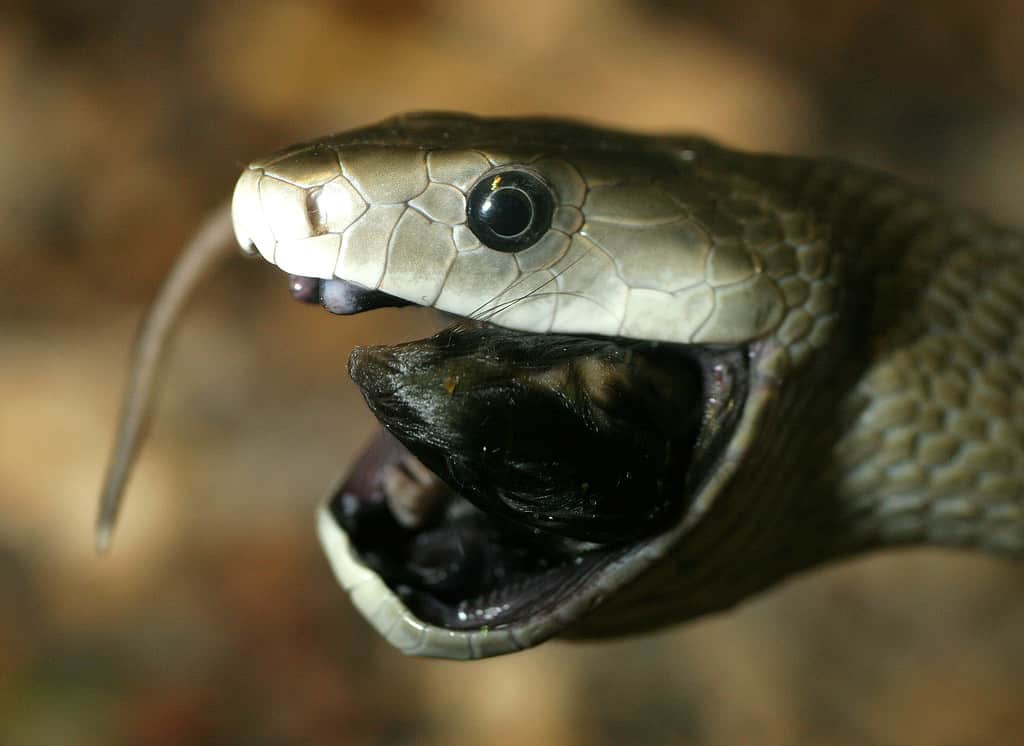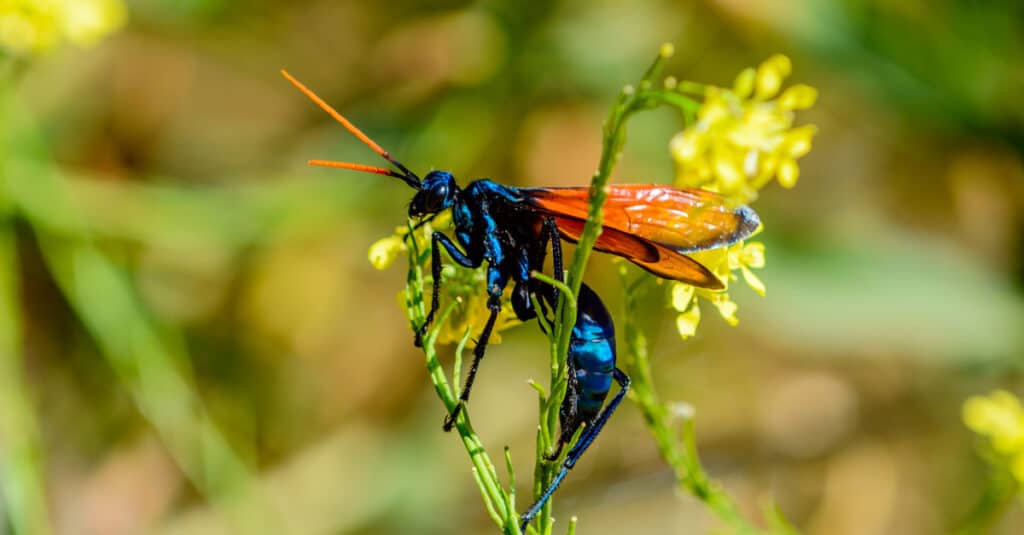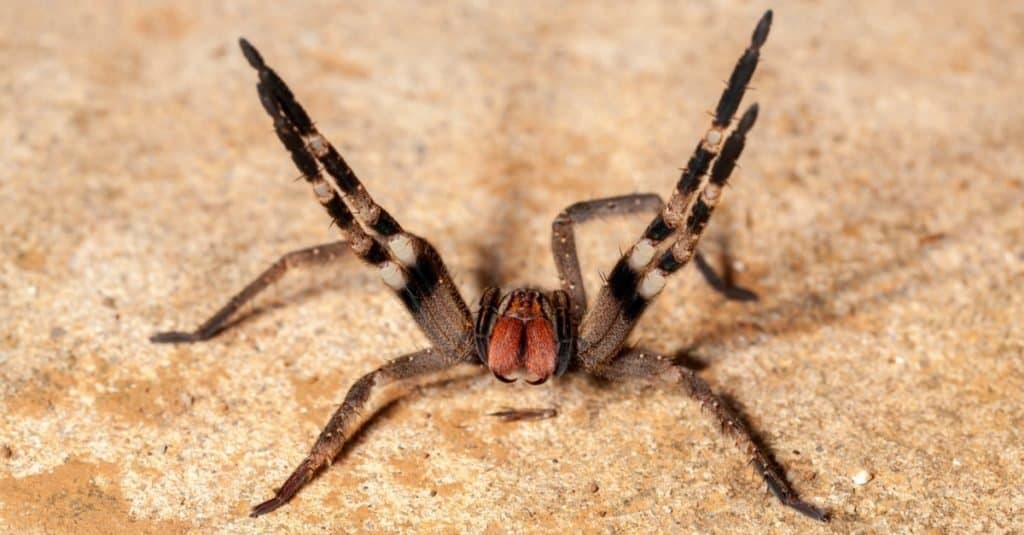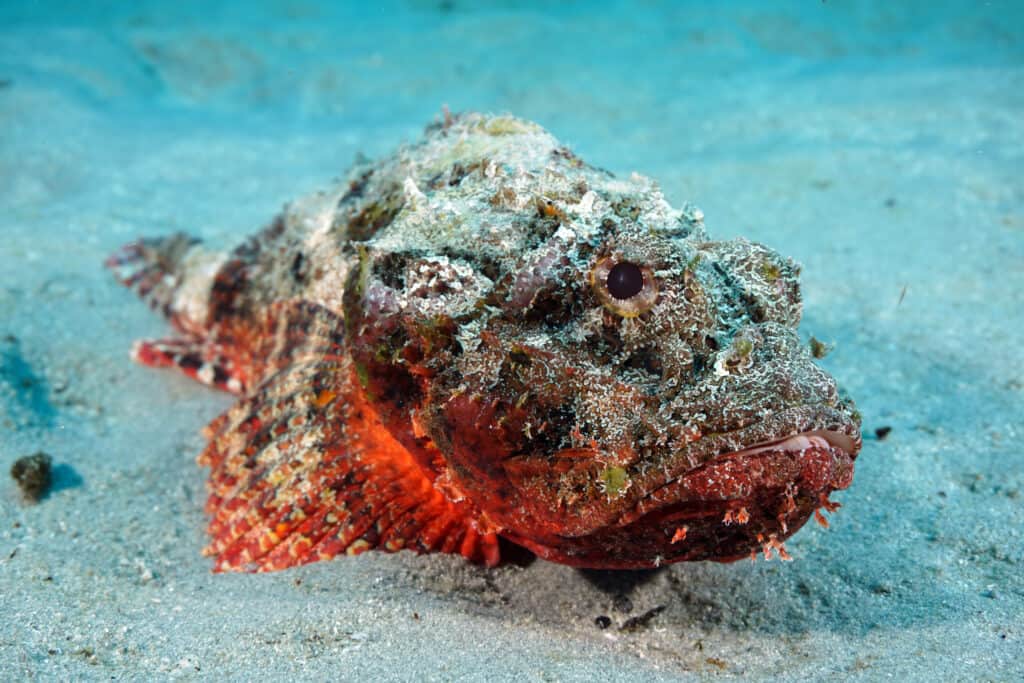Venom, the potent concoction of chemicals employed by various creatures for hunting, self-defense, or territory marking, is a fascinating and diverse adaptation found throughout the animal kingdom. From the tiniest insects to the most massive marine predators, venomous organisms have evolved unique and intricate mechanisms for delivering their toxic loads. In this comprehensive guide, we embark on a journey through the mesmerizing world of venom, exploring its types, functions, and the remarkable creatures that wield it.
Introduction to Venom
Venom is a specialized secretion produced by certain animals, typically injected into a prey or adversary through a bite, sting, or other specialized appendage. It is fundamentally distinct from poison, which is harmful when ingested or touched. Venom serves various purposes, including immobilizing prey, digesting food, deterring predators, and even aiding in navigation.
Venomous Creatures: A Global Outlook
Venomous animals can be found on every continent and in virtually every ecosystem. Some of the most iconic venomous creatures include the following ones.
1. Snakes
Venomous snakes, feared and respected for their deadly capabilities, possess a complex and specialized venom. Composed of a mixture of proteins, enzymes, and peptides, snake venom serves various purposes, and understanding its composition sheds light on the intricacies of these reptiles’ survival mechanisms. This venom comes in different forms, such as neurotoxins that target the nervous system, hemotoxins that affect the circulatory system, and cytotoxins that damage cells and tissues. Each component plays a specific role in the snake’s predatory and defensive strategies.
Venomous snakes include the Inland Taipan (Oxyuranus microlepidotus), Coastal Taipan (Oxyuranus scutellatus), Black Mamba (Dendroaspis polylepis), Indian Cobra (Naja naja), Russell’s Viper (Daboia russelii), Saw-scaled Viper (Echis carinatus), Fer-de-Lance (Bothrops asper), Common Lancehead (Bothrops atrox), and North American pit vipers Cottonmouth (Agkistrodon piscivorus) and Copperhead (Agkistrodon contortrix).
Venom is central to the survival of these snakes, serving both predatory and defensive functions. When hunting, they use venom to immobilize and kill their prey, allowing for easier consumption. In cases of self-defense or feeling threatened, venomous snakes may deliver a defensive bite to deter potential predators. Importantly, venomous snakebites can have severe consequences for humans, causing symptoms like tissue damage and pain, which can lead to death if not treated promptly. The development of antivenom has been crucial in mitigating these effects, and ongoing research into snake venom continues to yield insights with potential medical applications, from pain management to neurological treatments.

Black mamba venom is highly potent and fast-acting. When injected into prey or potential threats, it can quickly incapacitate them.
©Tad Arensmeier, CC BY-SA 3.0 – License
2. Insects
In the world of predatory and defensive adaptations, venomous insects emerge as nature’s stealthy assassins. These diminutive yet formidable creatures include the Bullet Ant (Paraponera clavata), Paper Wasp (Polistes dominula), Africanized Honey Bee (Apis mellifera scutellata), Tarantula Hawk (Pepsis), Driver Ant (Dorylus), Assassin Bug (Reduviidae family), Cow Killer Ant (Dasymutilla occidentalis), and Fire Ant (genus Solenopsis).
Comprising a complex cocktail of proteins, peptides, and enzymes, insect venom serves various purposes, often defined by the insect’s lifestyle. Some insect venoms are equipped with neurotoxins, which incapacitate prey by targeting their nervous systems, while others contain cytotoxins that inflict localized pain and swelling. Venomous insects employ distinct delivery mechanisms to unleash their toxic arsenal. Predatory insects, such as assassin bugs, utilize specialized mouthparts to pierce and inject venom into their prey.
On the other hand, stinging insects like bees and wasps deploy venom as an offensive weapon to immobilize prey and a defensive shield against threats. Although insect venoms are rarely life-threatening to humans, they can induce severe allergic reactions in sensitive individuals, making bees and wasps particularly infamous for their stings’ potential danger. Nevertheless, the study of insect venoms also reveals their therapeutic potential, with some venom components showing promise in pain management and even cancer treatment. In the intricate web of predator-prey relationships, venomous insects play a fascinating and often underestimated role, demonstrating that even the smallest creatures can wield potent defenses in the natural world.

Tarantula hawks can grow up to two inches long. These large wasps hunt tarantulas and deliver a painful sting with venom that paralyzes their prey.
©Robert Briggs/Shutterstock.com
3. Arachnids
Arachnids, a diverse class of joint-legged invertebrates, encompass a fascinating array of creatures, from spiders and scorpions to ticks and mites. The complexity and composition of arachnid venom can vary widely across species, reflecting their unique ecological niches and hunting strategies.
Arachnid venom comprises a rich mixture of bioactive compounds, including peptides, proteins, enzymes, and small molecules. These venom components serve distinct functions, with some being neurotoxic, others cytotoxic, and some causing other physiological effects. Moreover, arachnids have evolved specialized structures for venom delivery, such as fangs in spiders and stingers in scorpions. These adaptations enable them to inject venom into their prey or threats efficiently. Venom in arachnids primarily serves predatory and defensive functions. Predatory species use venom to paralyze or kill their prey. For example, many spiders immobilize insects with venom, allowing them to consume their incapacitated meal later. In contrast, scorpions use venom to fend off potential threats and protect themselves from predators.
While arachnid venom can be lethal to their prey, the majority of species pose minimal threat to humans. However, some, like the black widow and brown recluse spiders, have venom that can cause severe reactions or, in rare cases, fatalities. The medical significance of arachnid venom has led to extensive research, and antivenom treatments are available for some species.

The Brazilian Wandering Spider is called an “armed spider” in Portuguese because its venom is a powerful weapon.
©Tacio Philip Sansonovski/Shutterstock.com
4. Marine Life
Beneath the surface of the world’s oceans, a vast and diverse array of marine creatures harness the power of venom for a multitude of purposes. These underwater organisms have evolved intricate and highly specialized adaptations, making them formidable predators and ensuring their survival in the challenging marine environment.
Each component of the marine venomous cocktail plays a specific role in inducing effects on the target organism, whether it’s prey or a potential threat. What’s more, venomous marine creatures employ various delivery mechanisms to introduce their venom into their intended target. Some possess specialized appendages, like harpoon-like barbs or fangs, which puncture and inject venom into their prey. Others, such as the stonefish, have modified dorsal fin spines that deliver venom upon contact.
Venom serves dual functions in marine life: predation and defense. Predatory species use venom to immobilize or subdue their prey effectively. This paralysis or incapacitation makes it easier for them to capture and consume their prey. Additionally, venom serves as a potent defense mechanism against potential threats, deterring larger predators or unsuspecting humans. For example, cone snails deploy venom to incapacitate prey and protect themselves from harm.
Encounters with certain venomous marine creatures can pose significant risks to humans. Inhabitants of tropical waters, in particular, tend to be more venomous. For instance, encounters with box jellyfish or stonefish can result in severe envenomations, requiring immediate medical attention. Understanding these venoms is not only crucial for developing effective treatments but also for scientific research, as these venoms offer valuable insights into pain management strategies and the discovery of potential therapeutic compounds.

Stonefish have modified dorsal fin spines that deliver venom upon contact.
©Matt9122/Shutterstock.com
Types of Venom
Venom comes in a variety of compositions and serves different purposes. The primary types of venom include the following.
Neurotoxic Venom
This type of venom targets the nervous system of the victim, leading to paralysis, muscle weakness, and, in severe cases, respiratory failure. Snakes like the black mamba and some cone snails produce neurotoxic venom.
Hemotoxic Venom
Hemotoxins affect the victim’s blood and circulatory system, causing symptoms such as bleeding, tissue damage, and organ failure. Pit vipers, coral snakes, sea snakes, cobras, and certain spiders like the brown recluse spider and the hobo spider produce hemotoxic venom.
Cytotoxic Venom
Cytotoxins damage cells and tissues at the site of envenomation. Many spiders, like the brown recluse, are known for their cytotoxic venom.
Cardiotoxic Venom
Cardiotoxins target the heart, disrupting its normal function and leading to cardiac arrest. Certain species of box jellyfish produce cardiotoxic venom.
Necrotic Venom
This venom causes tissue necrosis, leading to the death of cells and surrounding tissues. Brown recluse spiders are notorious for their necrotic venom.
Venomous Adaptations
The evolution of venomous adaptations in animals has resulted in an astonishing array of delivery mechanisms. These adaptations often align with the creature’s hunting strategy and ecological niche:
Fangs
Venomous snakes, such as vipers and cobras, possess specialized fangs designed to inject venom into their prey. These fangs can be hinged or retractable, allowing for efficient envenomation.
Stingers
Insects like bees and wasps have stingers that can deliver venom when they feel threatened or when capturing prey. The stinger’s barbed structure ensures the venom remains embedded.
Chelicerae
Spiders and scorpions use their chelicerae, specialized mouthparts, to inject venom into their victims. Some spider species, like the funnel-web spider, have large, fang-like chelicerae.
Tentacles
Marine creatures like jellyfish and anemones possess tentacles armed with nematocysts, specialized cells that release venom when triggered. These tentacles are used for capturing prey and deterring predators.

Some spider species, like the funnel-web spider, have large, fang-like chelicerae (specialized mouthparts) to inject venom into their victims.
©James van den Broek/Shutterstock.com
Medical Importance and Research
Animal venom, a potent concoction of bioactive molecules, has garnered considerable medical importance and research interest. Beyond its role in predation and defense, venom has offered valuable insights into the development of therapeutic treatments. Researchers have delved into the intricate compositions of venoms from various species, uncovering molecules with the potential to revolutionize medicine. Venom peptides, for instance, have shown promise in treating conditions like chronic pain and even certain neurological disorders.
Additionally, snake venom has been pivotal in antivenom development, saving countless lives in regions where snakebites are prevalent. The study of venomous creatures has not only expanded our understanding of the animal kingdom but has also led to innovations in pharmacology, providing new avenues for medical treatments and pain management strategies. As research into animal venom continues to advance, it promises to unlock even more therapeutic possibilities, offering hope for patients and highlighting the untapped potential of nature’s deadliest creations.

Venom peptides have shown promise in treating conditions like chronic pain and even certain neurological disorders.
©Slashio photography/Shutterstock.com
Conclusion
The world of venomous creatures is a testament to the astonishing diversity and complexity of life on Earth. From the swift strikes of venomous snakes to the microscopic nematocysts of jellyfish, the animal kingdom’s adaptations for venom delivery are nothing short of awe-inspiring. As researchers continue to unlock the secrets of venom, our understanding of its potential benefits for medicine and science continues to expand. Venomous creatures remind us of the intricate web of life and our ongoing exploration of the natural world’s wonders.
The photo featured at the top of this post is © Mark_Kostich/Shutterstock.com
Thank you for reading! Have some feedback for us? Contact the AZ Animals editorial team.






